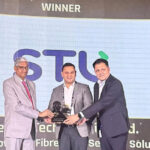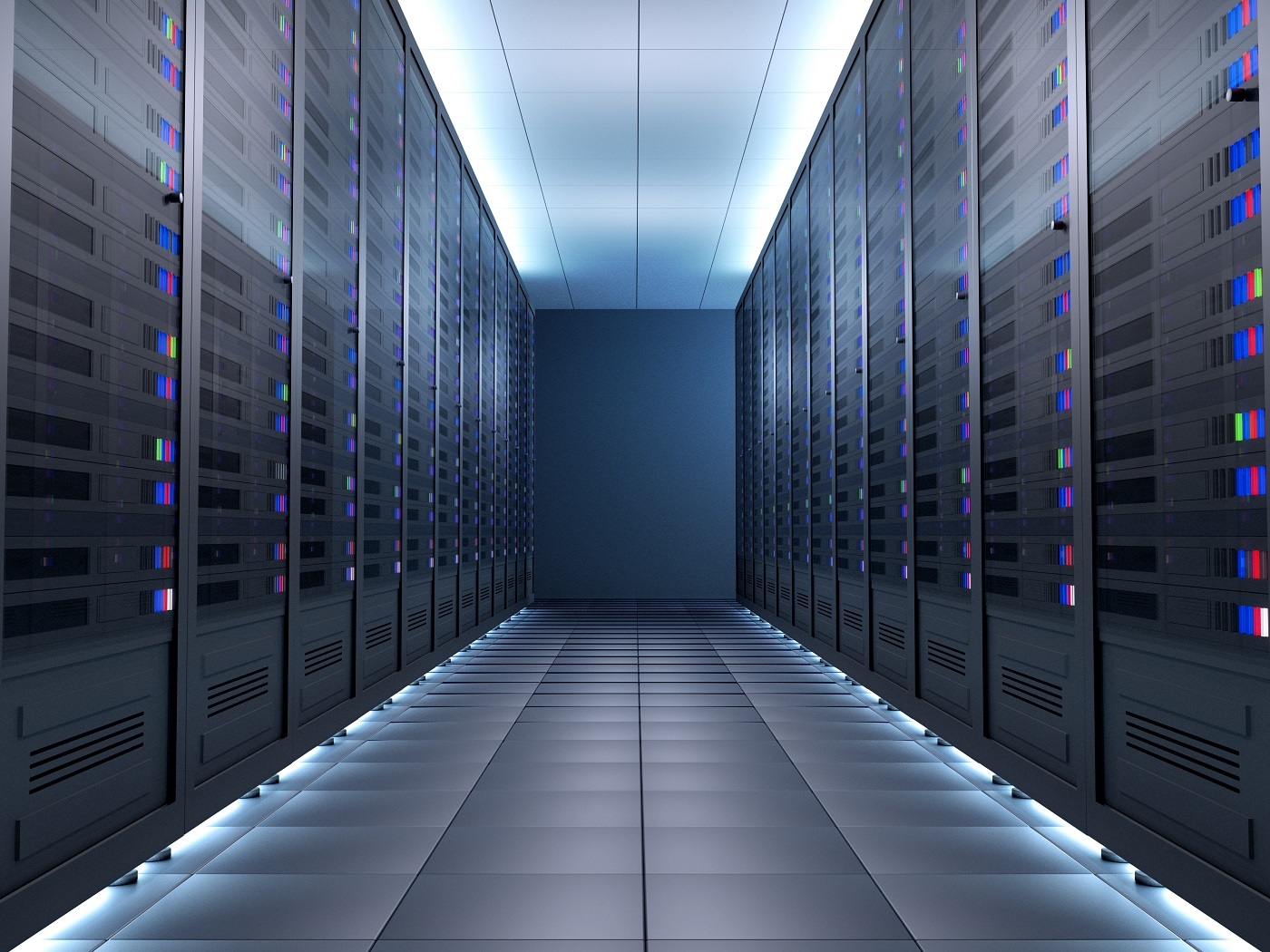We may or may not know what powers our broadband to ensure a quality and speedy internet connection. FTTH is actually the technology that utilizes fiber optic cable to connect your home or office. A complete end-to-end solution that does not rely on copper lines but has fiber cables that improve the quality of voice, video, or any data that is streamed. In FTTH, “H” may denote any domestic or small business, not necessarily our home.
Contents
Basics of Fiber to the Home:
Typically, we have a box installed outside our premises, be it an individual house or an apartment, and fiber cables are drawn up to the box by the telecom service provider. The fiber optic cables are bundles of wire with thin strands along which light pulses are transmitted. The large volume of data you use for any upload or download is powered by these light pulses transmitted via the fiber optic cable.
Usually, a passive optic network is used to deploy fibre to the home technology. We also have hubs where the entire bandwidth of a single fiber is divided through splitters to serve an additional set of customers. The optical line terminal and the optical network terminal are two network components that are key to the FTTH standard. The key concept behind this technology and the reason for the lightning speed is that the light that is transmitted can travel longer distances with minimal loss and does not need amplification.

Do FTTH and broadband mean the same thing?
We can broadly classify broadband as a communication service that allows data transmission at a very high speed. Fiber lines generally deliver broadband with more bandwidth and capacity in comparison to a phone line. One such type of broadband access network is fiber to the home technology. From the perspective of power and speed, FTTH is superior to broadband, as it delivers speeds in the range of 1 Gbps. This speed is much higher than the normal broadband speed we get at home.
A lot of components go into making the dream of bringing fiber to the home a reality. Some of the varied components include an optical line terminal, an optical distribution frame, a passive optical splitter, a fiber distribution terminal, a fiber access terminal, an optical splitter box, an optical network unit, and a network terminal. Also, FFTH can be implemented via two means:
- Active Optical Network – This employs electric switching equipment along with a fiber cable to carry the signals. These signals arrive at the end-point of the designated customers. However, this is not always a preferred means of implementation in comparison to passive optical networks.
- Passive Optical Network – Here, the electrical switching equipment is replaced by optical splitters. A bi-directional splitter can push upstream and downstream signals between home and office. This is cost-effective and can provide very high speeds. This is a more preferred implementation method than an active optical network.

Key features of “Fiber to the Home”:
A lot of innovations are poised to happen in the FTTH space. Homes and small businesses connected to FTTH will benefit from being connected to the latest fiber technology. We have a lot of suppliers in this space, and hence the ease of implementation for your home or apartment complex is constantly improving. This technology is superior to the copper line technology of the past. Fiber to the home not only provides you with unmatched speeds but also helps people connect to each other and can also define the future metaverse and virtual environments where people would do a lot more things than what is possible today.
Benefits of making the switch to FTTH now
- The availability of a high-speed network in peak hours when data traffic is high
- Ability to upgrade the base infrastructure designed as part of the fibre to the home infrastructure without redrawing the fiber cables
- Smart sensors, VR gaming, metaverse, and blockchain are just some of the few use cases today that would benefit from high-speed internet. This is expected to multiply many folds and ease our lifestyle in the coming years.
- The carrying capacity of fiber cables is roughly ten times more than what copper cables are used to carry.
- With the ability to withstand harsh environmental conditions and normal wear and tear, one can expect the fiber cables to last a minimum of 30 years.
- Voltage surges and electrical interference would not impact the FTTH technology.
- It is the most effective solution when running your cables over long distances.
- It could quickly improve your lifestyle with smart homes, smart cities, and other upgrades to ensure a connected ecosystem with much quicker response times.
While bandwidth and signal strength are the primary benefits, improved throughput is also achieved by FTTH technology. A download speed of more than 3 Gbps is something that DSL technologies can never achieve. The Fiber to the Home technology achieves a symmetrical upload and download speed, whereas other DSL technologies generally offer a faster download but painfully slower upload speeds. This asymmetrical bandwidth can be noticed in the broadband that we have in our homes. Only symmetrical bandwidth can ensure reliable video conferencing for people working from home or learning online.
Also, high throughput and reduced latency are a must-have combination for gaming enthusiasts. With the online gaming industry booming and high-resolution games available, FTTH helps deliver a unique gaming experience. Uploading large files to the cloud has also become easier with FTTH. Coming next to the signal strength, Fibre to the home ensures no signal loss due to the presence of fiber optic cables. Unfortunately, with the traditional copper wires, there was enormous signal loss, and required frequent amplification hubs to boost signals. Signal degradation was clearly noticed in DSL and HFC cables. Multiple factors included the distance the copper cables were run and electrical interferences, amongst others. With FTTH, there is minimal loss, ensuring a great internet experience.
Conclusion:
With multiple benefits emerging from having a high-speed internet connection, newer technological disruptions will keep emerging. With multiple usage points that necessitate better bandwidth, FTTH will become indispensable in the future. People also currently have the Fiber to the curb (FTTC) service, where a fiber cable connecting the curb is closest to your home from where you get copper wires connecting the actual end-point in your home. The internet has opened up many use cases, from smart homes to telemedicine, and to enjoy all the comfort of your home, fiber to the home, technology needs to be tapped into. FTTH has evolved since 1980 in western countries, and to meet the growing data traffic in a connected world, it brings about the best technology has to offer. The cost is coming down, and the skill set to do an effective installation is more accessible as well. Therefore, the overall adoption of FTTH will only continue to rise in the near future.














